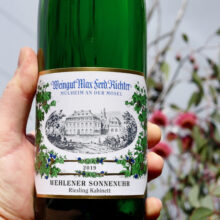
Product information
Max Ferdinand Richter Wehlener Sonnenuhr Kabinett 2020
$68
Description
“AP: 11 21. The 2020er Wehlener Sonnenuhr Riesling Kabinett was made from fruit picked at 78° Oechsle on up to 100-year-old un-grafted vines and was fermented down to fruity-styled levels of residual sugar (48 g/l). It offers a superb nose made of white flower, smoky elements, herbs, white flowers, and fine spices. The wine is subtly creamy yet so incredibly light-footed on the palate. Loads of minerals, floral flavors, and finely spicy elements add to the incredibly playful presence. The finish is airy, intense, and incredibly long. What a massive success! 2030-2045 94 points“
Jean Fisch and David Rayer, Mosel Fine Wines
In stock
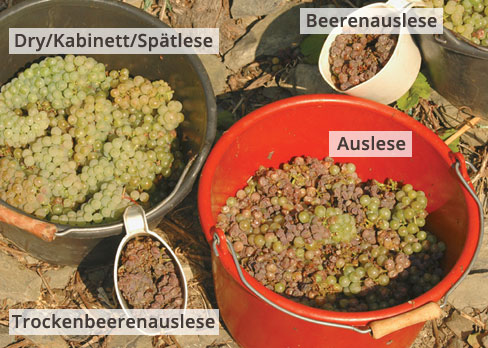
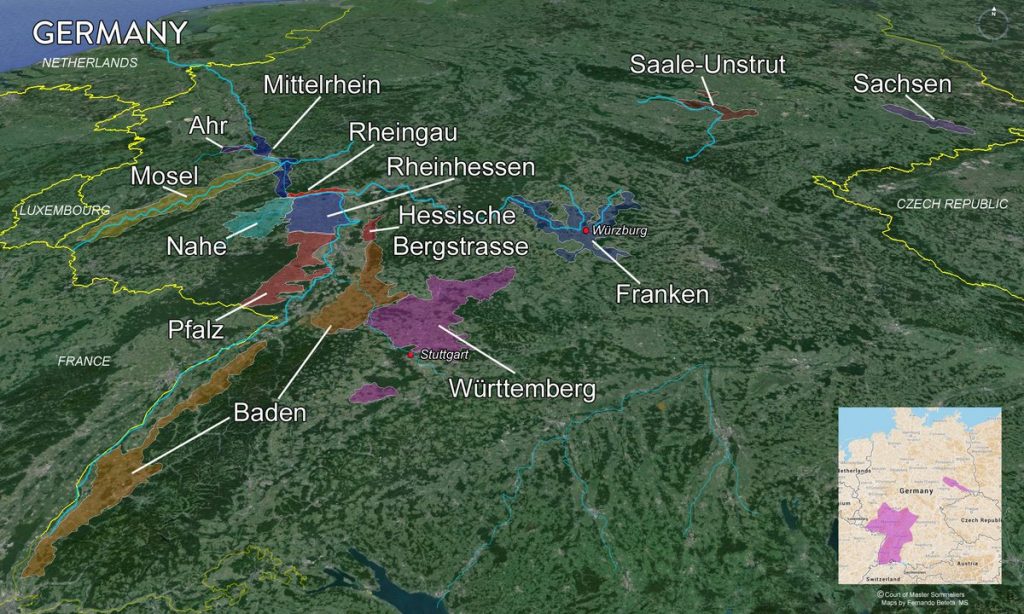
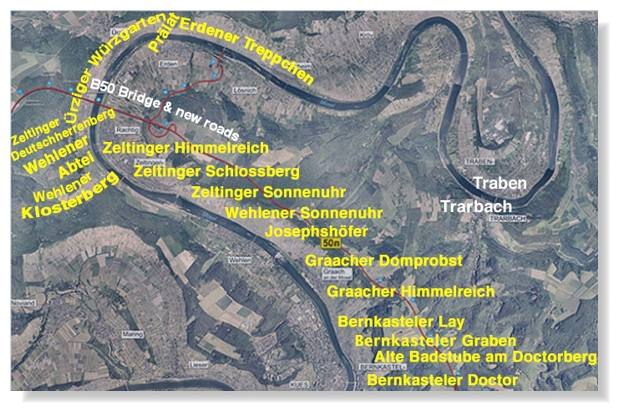
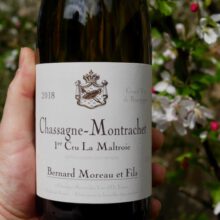

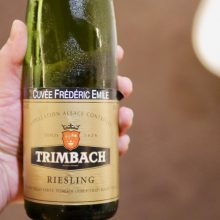
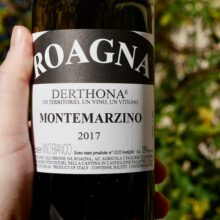
You must be logged in to post a comment.